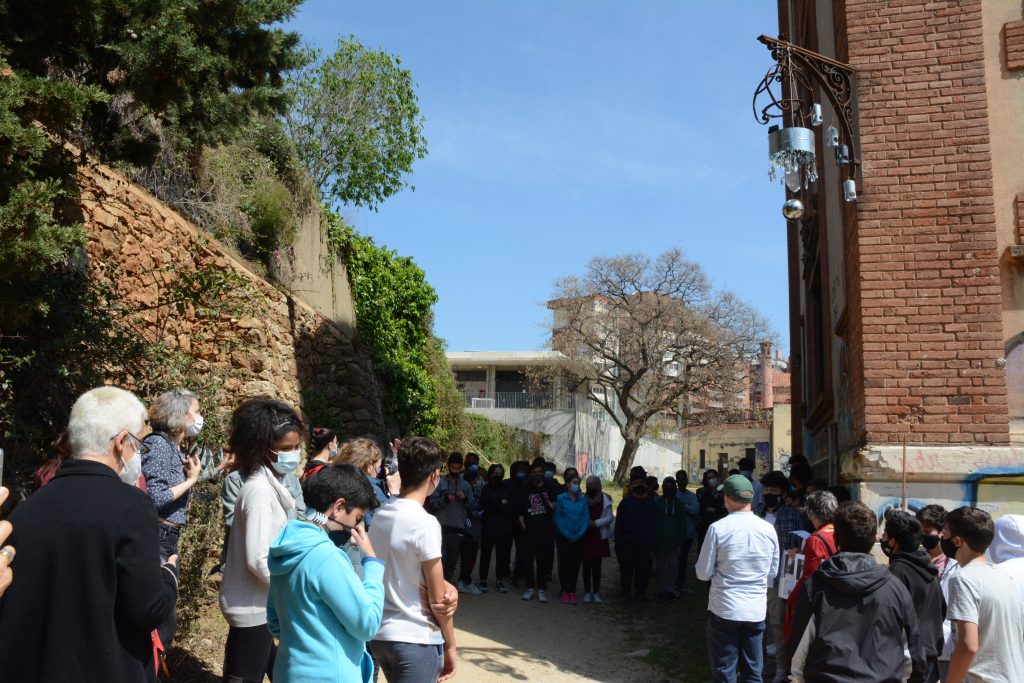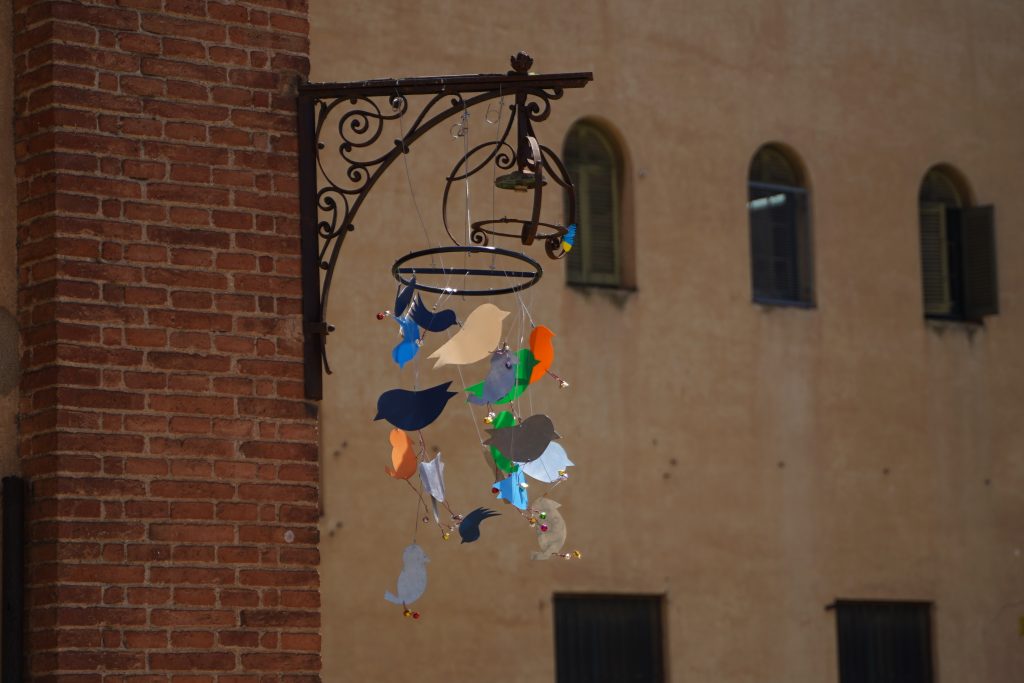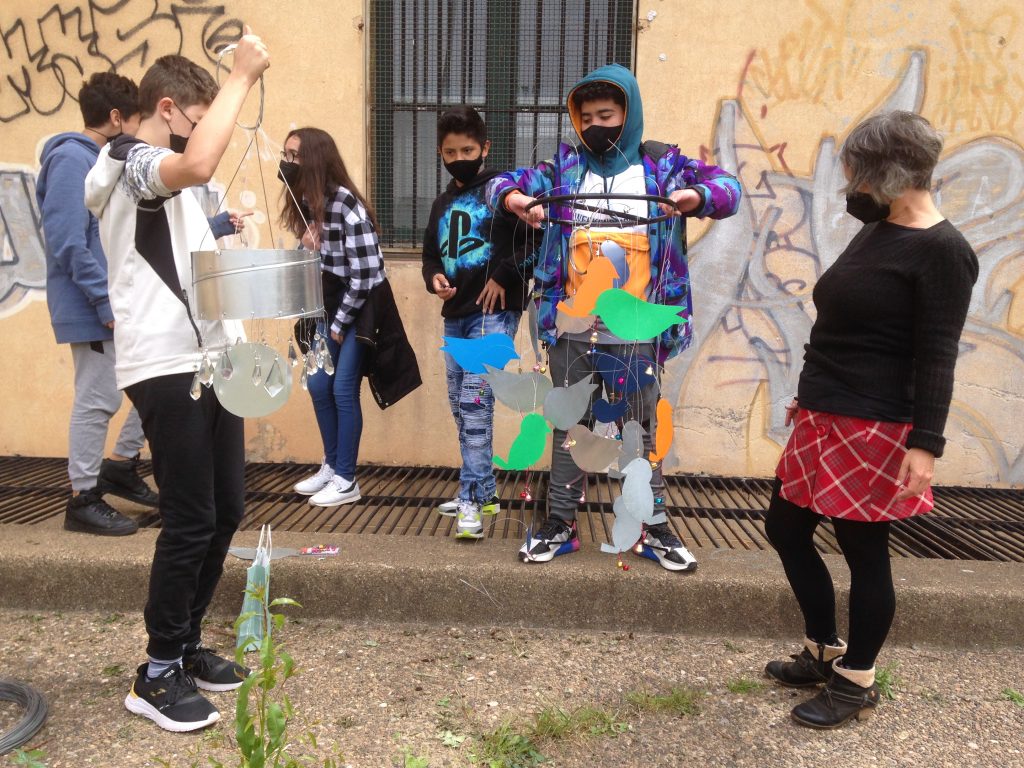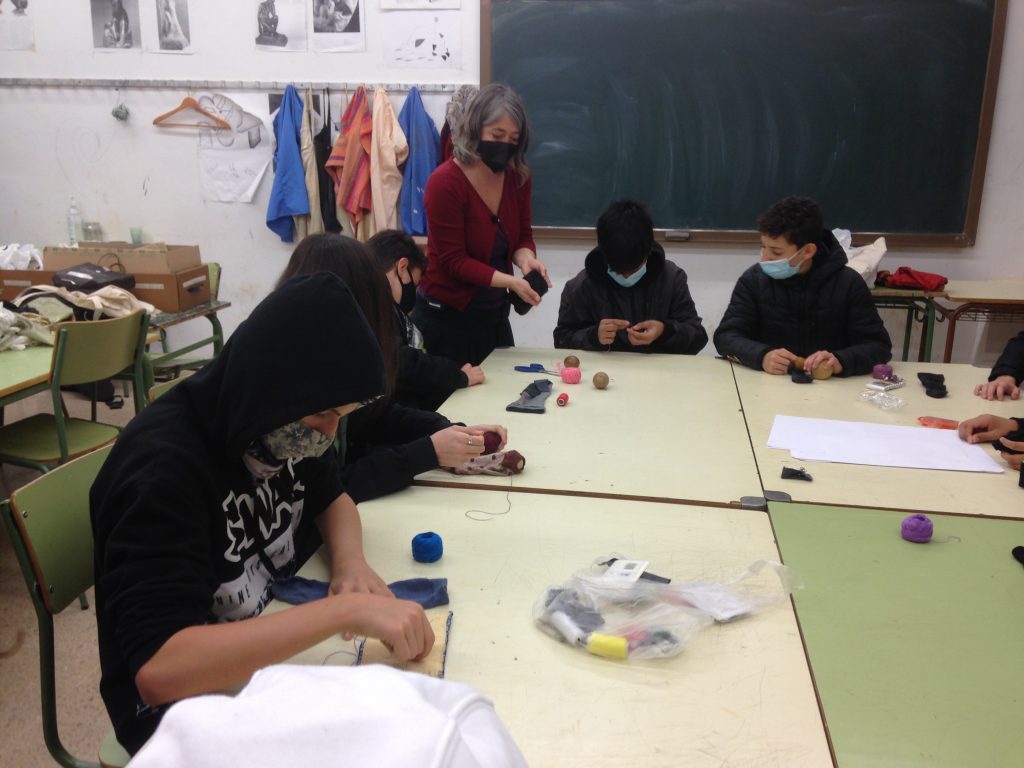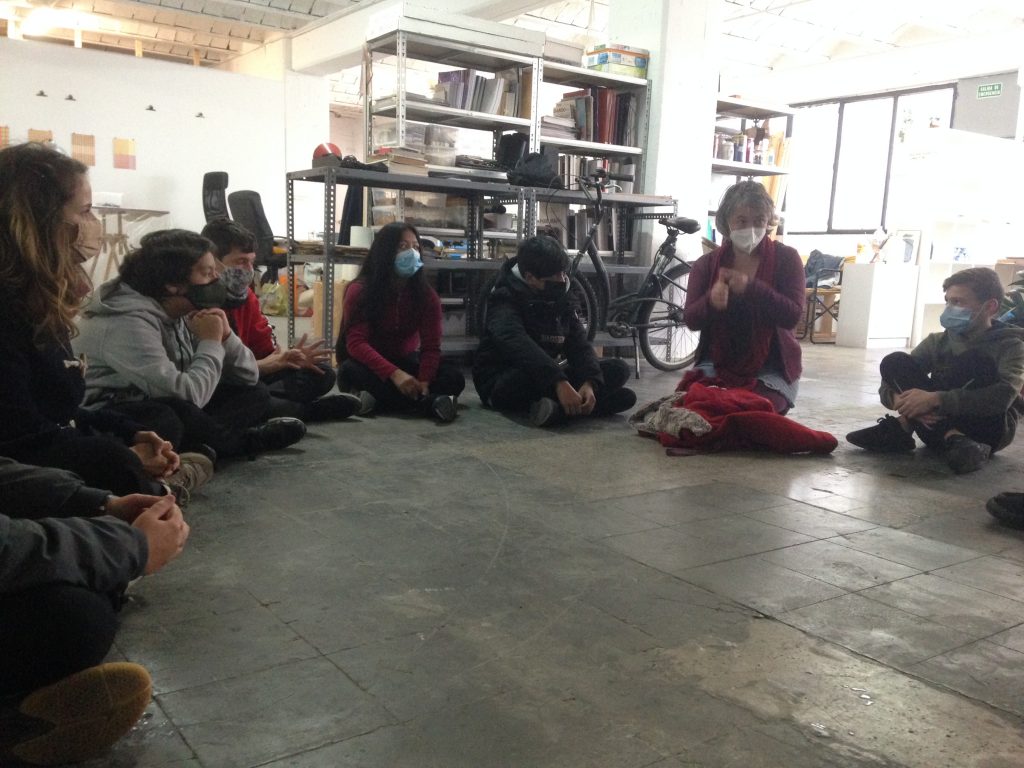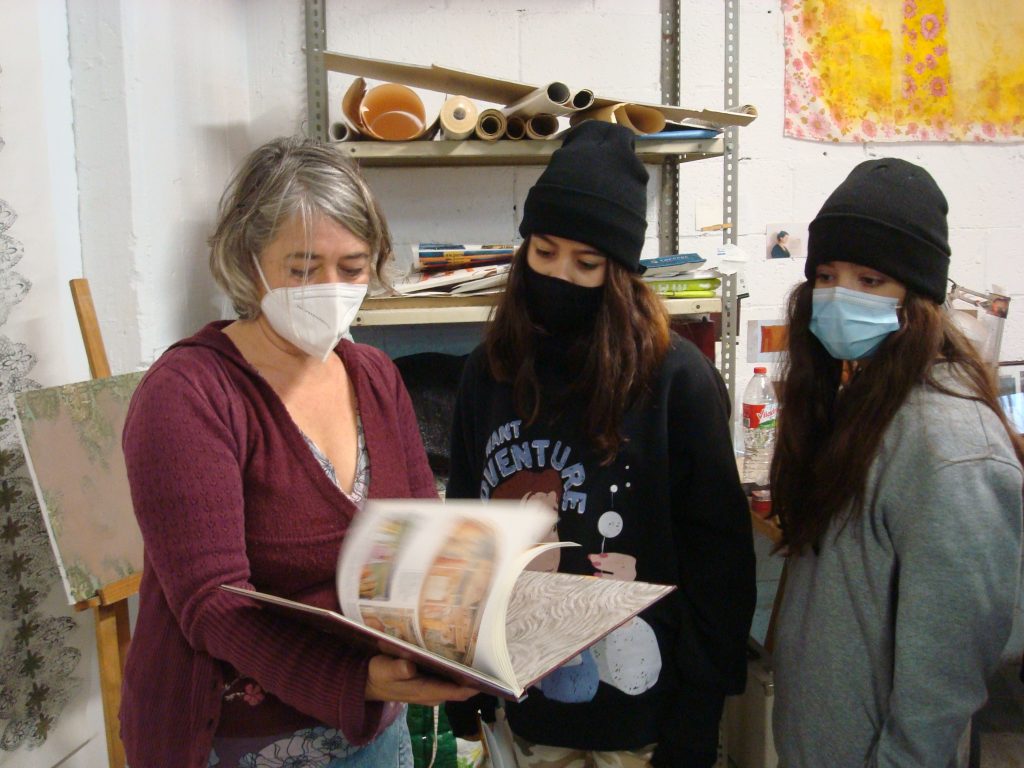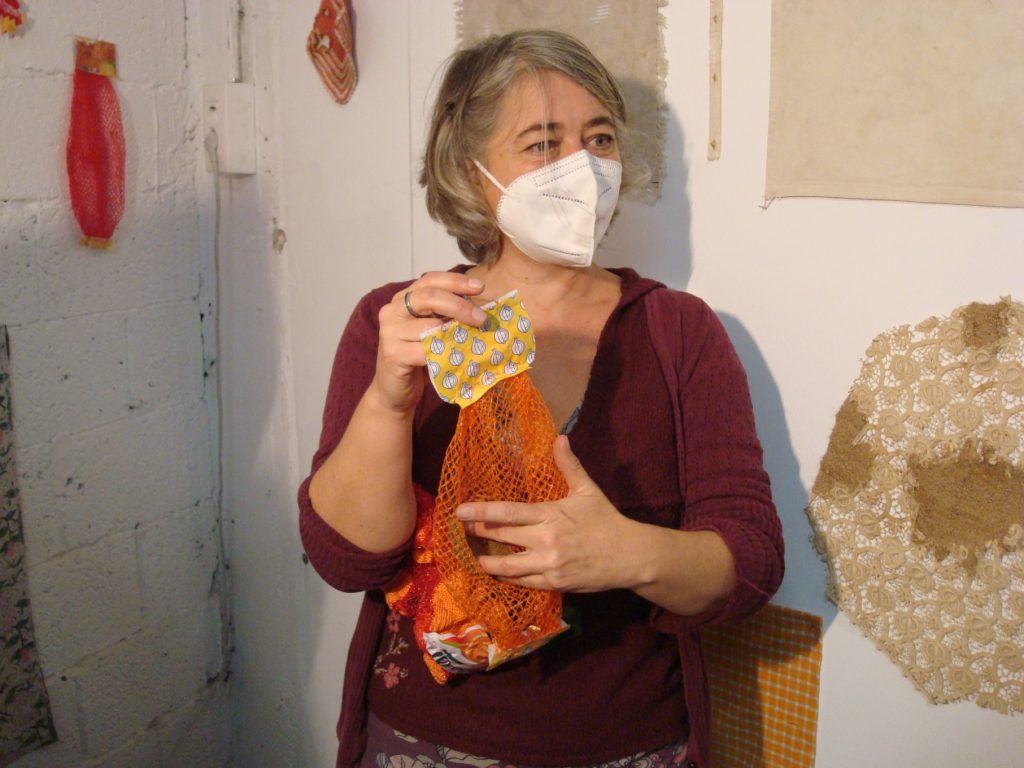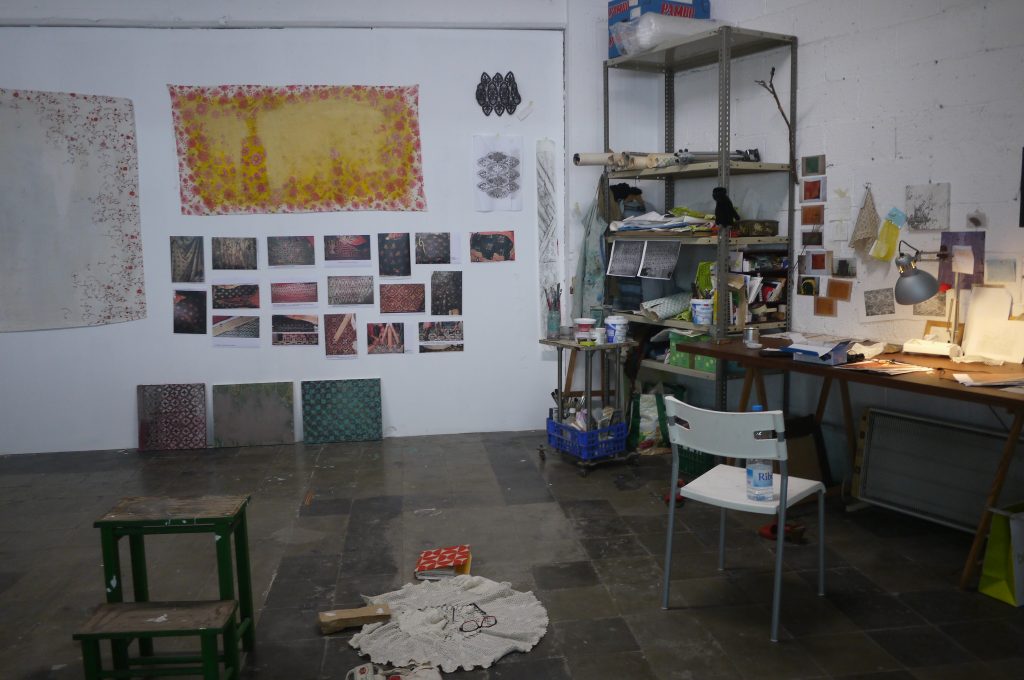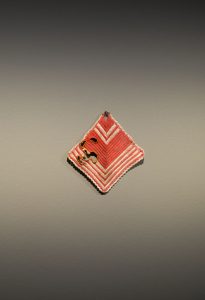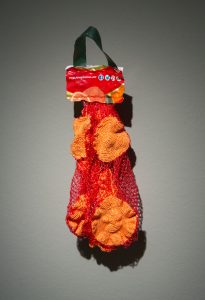The new academic year is just beginning and we are going back into the classrooms, with new creators in the museum’s eighth collaboration with the programme Creadors EN RESIDÈNCIA als instituts de Barcelona. Now it is time to look back at last year and the experience of Svantje Busshoff.
This artist, who was present in both Vall d’Hebron High School and the museum with the show Re-parar, looks back here at what her stay as the resident artist in that school meant for her, with regard to contact with the students and reviewing her own process of working from a new perspective.
The programme EN RESiDÈNCIA is always a forum for exchange and experimentation for everybody taking part. In it, artists share their thoughts, subjects that interest them and their methods of working with a group of students. These, for their part, also bring into play their concerns and their imaginations in order to carry out a shared creative process, a rich and complex dialogue, as Svantje Busshoff mentions in this text.
Svantje Bußhoff’s residency at the Vall d’Hebron High School was curated and coordinated by the Association A Bao A Qu and the museum.
Svantje Busshoff
One of the happiest days of my life was when I left school. I promised myself that I would never ever go back, and that my whole life would steer clear of the demands of this institution.
But when they asked me to collaborate with the programme En residència, I almost immediately said yes. Due perhaps to the situation we were in, just coming out of lockdown, anything that felt like activity or future was more than welcome.
Or perhaps because at that moment I felt that I had enough experience to share and the idea of transmitting very personal knowledge to young people whose reality is quite different to mine appealed to me. I also felt like exposing my values and my artwork to the criticism of people with whom I normally do not have much contact.
The fact that going back to school was a very positive experience was due to the students I met and to the adults who accompanied me in the project. We managed to share, exchange, have fun and, in the end, create a piece of work together, which we called Res no està trencat (Nothing’s Broken).
Presentation and assembly of the project Res no està trencat at Vall d’Hebron High School.
According to Foucault, schools, prisons and lunatic asylums are tools for moulding human beings to make them function in society. The strategy for achieving this goal is as defined as the goal itself, and is based on objectives, methodologies and evaluations. Projects are created so that, step by step, the students will be filled with the desired knowledge and in the end all those who have lived up to expectations are rewarded.
Art, as I understand it, does not work like that. Nor does life. Creation is mutilated if these strategies are rigorously applied.
Before I found myself in the position of having to transfer my way of working, my concepts, my codes and rules to an educational project, I hadn’t thought about the way I work. Why should I? We do not think about the steps we take when we walk. Now however, I had the dilemma of having to minimally live up to an institutionalized expectation. I had to question myself and question my work from a new perspective.
Moments at Vall d’Hebron High School and in Svantje Busshoff’s workshop during her participation in En residència.
Conflict has enormous creative and transformative potential. When two opposites come together they both wish to impose themselves, whether they are people, concepts, or even materials. Whichever one is able to take advantage of this moment to find, question and reaffirm him or herself, or to change, will always be the winner. Conflict gives us the opportunity to learn and to grow; it is friction, movement and change. Conflict is not bad, but the bad way it is often handled is. Two opposites are always determined, and therefore they need one another. Opposites always go together.
My conflict with the demands of the institution, highly geared to a specific purpose (what in German we call zielgerichtet), made my way of working obvious to me. My creative process does not aspire to achieve a particular goal, but it is guided by a faraway star that points to a direction but does not allow one to establish a specific methodology.
A star represents an unattainable goal, and so there will be no evaluable end. If I determine exactly where I wish to get to, and the path that I will take to get there, I deny myself the possibility of getting any farther, of expanding the limits of my imagination. And, in the end, the star is part of a mobile system that includes me as just another element. I do not appear in it as an unconnected subject, but as yet another actor who conditions and is conditioned by the movement of each element.
In Svantje Busshoff’s workshop.
The friction between the fixed structure of the institution and the flexibility and dynamism of my processes is a tension similar to that which arises in my artwork. My work on rigid structures, whether repairing, erasing, covering or silencing, interpret this conflict with the hands. The repairs I make stress the consequences of a conflict, for example a broken structure, deterioration or the imposition of one material on another.
Instead of applying a specific strategy, I do my work as if it were a dialogue, always trying to do justice to comparison, never ceasing to follow that faraway star, reaffirming my own values. As the work grows, I too grow as a human being.
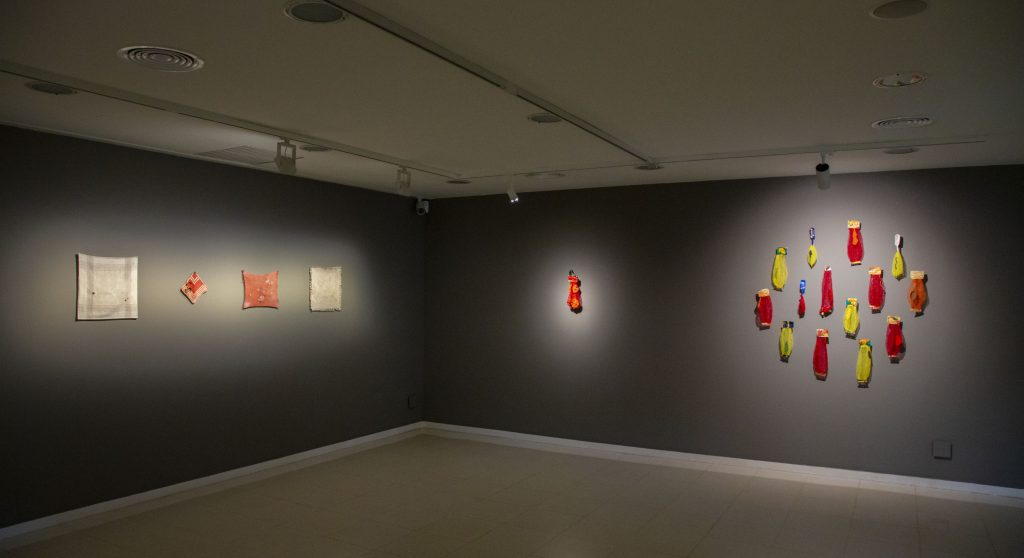
Details of the show Re-parar in the Espai educArt.
This procedure, loose and unstructured, moves freely, backwards and forwards, in different directions, subjects and materials; it turns, it stops, it accelerates with no apparent logic. From time to time, when I am sufficiently confused, I stop, gather the works together and observe. That can take a long or a short time, but in the end it is the process itself and the works that show me the path to follow – a path that is always lit by that star out of reach.
I have become aware of all this upon returning to school and thanks to the conflict with the institution and its rules and procedures. But I would need even more space to talk about everything that the fantastic batxillerat students at Vall d’Hebron High School and the adults who accompanied me last year have given me. Many thanks for this shared adventure!
To find out more about the project
Consult the blog in the 2020-2021 edition.
You can retrieve her show Re-parar.
You can also see the report made by the betevé programme Família barris.
View the video Res no està trencat Svantje Bußhoff EN RESiDÈNCiA a l’Institut Vall d’Hebron.

